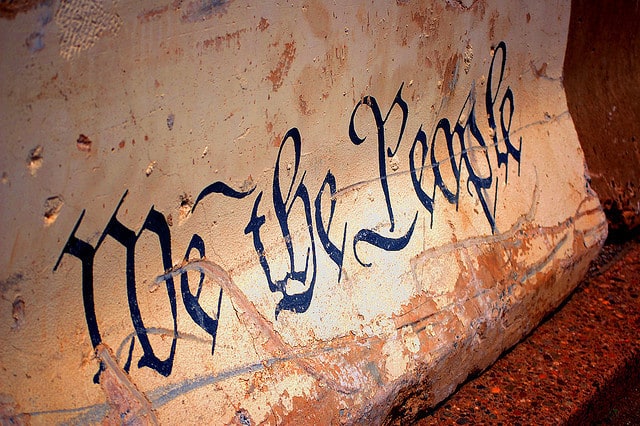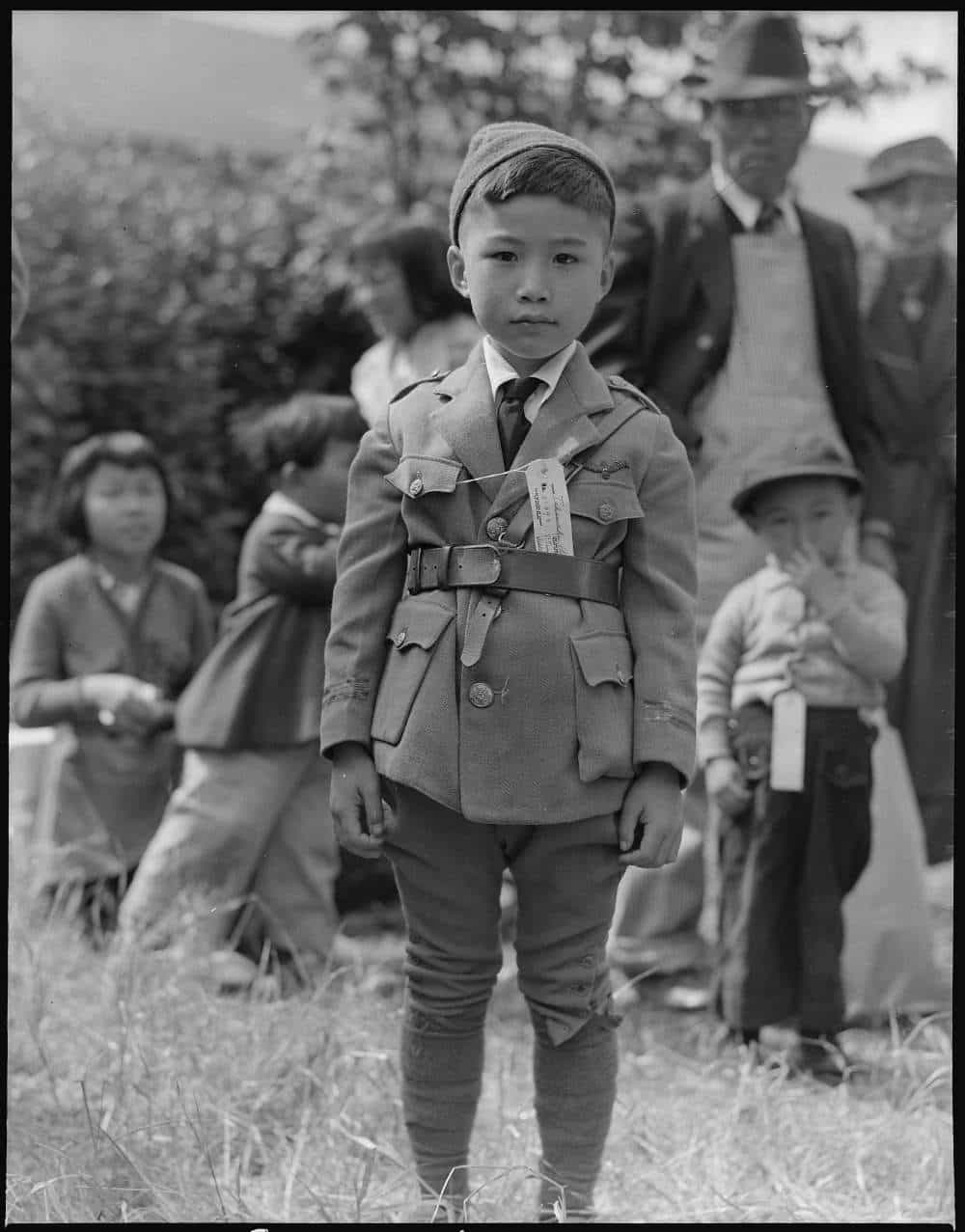Mecca-click here for image source
My 7th grade students and I are going to explore the world of Islam!
To begin, students will turn to section two of chapter five in their social studies book-“Beliefs of Islam.”
We will read the chapter as a class. I will select a student at random via popsicle sticks and that student will read one paragraph out loud. After each paragraph, I will ask students brief questions to ensure they are comprehending what they are reading as we go along.
When we are done with the reading, students will have a discussion within their table groups. Since I am placed in a Catholic school, I will have students compare and contrast Islamic and Catholic beliefs. One group member will record the differences and similarities. They can set up the notes anyway the like-venn diagram, list, pictures-as long as they understand it. They will also discuss what they found the most interesting about Islam.
After seven minutes of discussion, groups will share what they discussed with the entire class. I will have each group go one at a time and talk about what they discussed.
Next I will assign what will be used to assess their learning. Students will create a brochure that describes the five pillars of Islam. The five pillars are a staple of the Muslim religion. Therefore, it is essential that my students fully grasp the five pillars in order to completely and fundamentally understand Islam.
The five pillars of Islam are:
- Shahadah: declaring there is no god except God, and Muhammad is God’s Messenger
- Salat: ritual prayer five times a day
- Zakat: giving 2.5% of one’s savings to the poor and needy
- Sawm: fasting and self-control during the holy month of Ramadan
- Hajj: pilgrimage to Mecca at least once in a lifetime, if one is able
I will encourage students to layout the brochure any way that they like. However, they must include in the brochure:
- A description of each of the five pillars
- An example of how to live out each pillar
Students will first create a rough outline-it could be as simple as a list-of what they plan to include in their brochure. They also will sketch a layout for their brochure.
At the next class period, students will share their brochure plans with the table groups. Other students will give them feedback on what looks good and what could be improved. They will have class time to work on their final copy of their brochures. At the next class section, the completed brochure will be due. Additionally, students will turn in a one paragraph reflection on what they changed after their peer review and how they think they did.
Reflection:
After doing this assignment, I now understand better the importance of peer and self reflection. I really valued getting to witness it first hand when we went over our assignments with our peers. In my lesson, I tried to emphasize student and peer reflection as well. It gives the students more autonomy and I think it makes them feel like they do have the ability to improve after citing it themselves, rather than an adult. In the future, I will definitely keep peer and student reflection at the top of my list when it comes to planning lessons.




